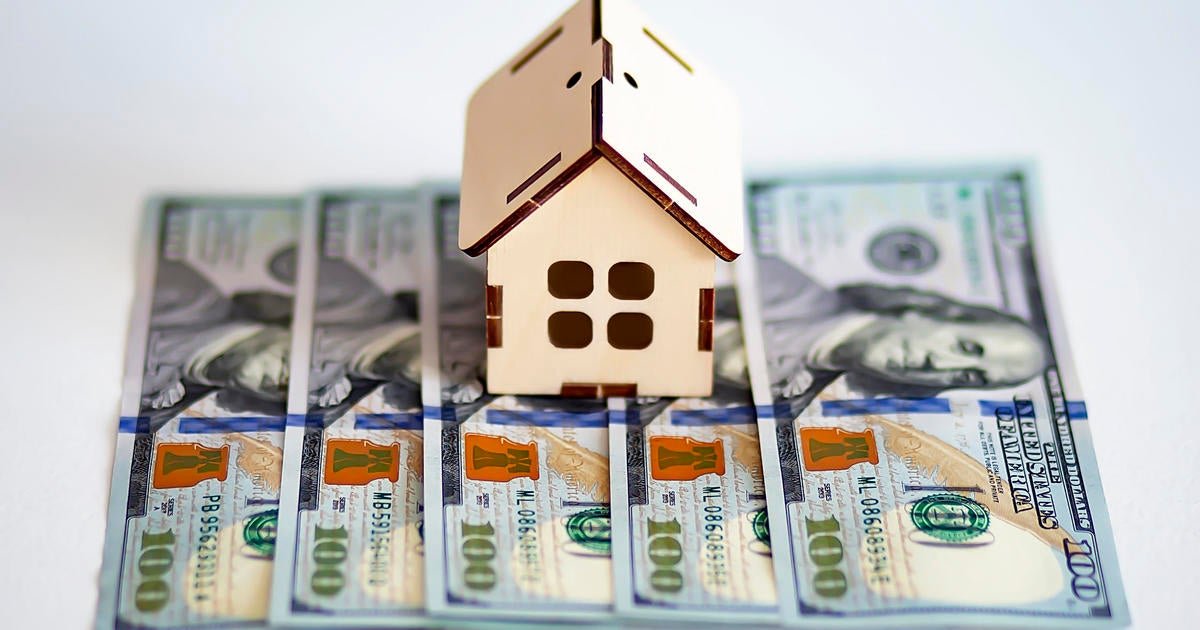Getty Images
If you’re looking to borrow a large, potentially six-figure sum of money, your home may be the best resource. There are a multitude of ways to borrow from your home equity and all are relatively straightforward. Reverse mortgages, for example, allow seniors to have payments sent directly back to them versus making repayments to their lender. They’ll only have to pay the amount back upon death or the sale of the home. Cash-out refinancing, meanwhile, allows owners to secure a new mortgage loan in an amount larger than their current mortgage balance. They then use the new loan to pay off the old one and keep the difference between the two as cash.
There’s only one home equity borrowing product, however, that’s arguably more beneficial than those two options and also poised to become even better in 2025 and that’s a home equity loan. There are multiple benefits to using a home equity loan, particularly this year. Below, we’ll break down two specific ones that could become even better in 2025.
Start by seeing how much equity you’d be eligible to borrow here now.
Home equity loan benefits that could become even better in 2025
While the benefits of a home equity loan have been clear in recent years, especially when matched against popular alternatives like credit cards and personal loans, they could become even better this year. Here are two unique home equity loan benefits that may soon become even more advantageous for homeowners:
Lower interest rates
The average home equity loan interest rate is 8.45% currently while the median credit card interest rate is just under 23%. That makes home equity loans already almost three times cheaper than credit cards. And they’re approximately five percentage points lower than personal loans. But if additional interest rate cuts are issued later this year via the Federal Reserve, home equity loan rates will fall even further as they’re much more impacted by Fed action than personal loans and credit cards are.
While the Fed embarked on its recent rate cut campaign in the fall of 2024, credit card interest rates rose to a record high – at the same time home equity loan rates steadily declined. So even if rates are continually cut in 2025, credit card relief will be marginal. But home equity loan rates will become even cheaper than they already are, making this an optimal way to borrow right now.
Get started with a home equity loan today.
Greater borrowing amounts
Applying for a $100,000 personal loan or credit card line isn’t impossible. But because you don’t have the collateral you have when borrowing from your home equity, it can be difficult to qualify. And you may be limited on how much you’re ultimately approved for. This is less of a concern with a home equity loan now considering that the average home equity amount is around $320,000. But if home prices rise in many parts of the country this year – as they’re expected to – the amount of money you have to borrow from could rise with it, giving you more flexibility and greater borrowing potential.
Just be cognizant of home values in your area and the realistic potential for them to rise. When using your home in these situations, it’s vital that you don’t overborrow and put yourself “underwater” by owing more than the home is worth as you could risk losing your home to the lender. If you’re comfortable with the trajectory of home prices in the region, however, a home equity loan could become even more advantageous this year.
The bottom line
These two major home equity loan benefits could vastly improve in 2025. But they’re not the only advantages of using a home equity loan (a potential tax deduction is another big selling point). So review all of your home equity loan options, use them strategically (and not for depreciating assets) and monitor the wider economy closely, particularly this year, for opportunities to make your home equity loan borrowing experience even more valuable.
Have more home equity loan questions? Learn more about your options here.
